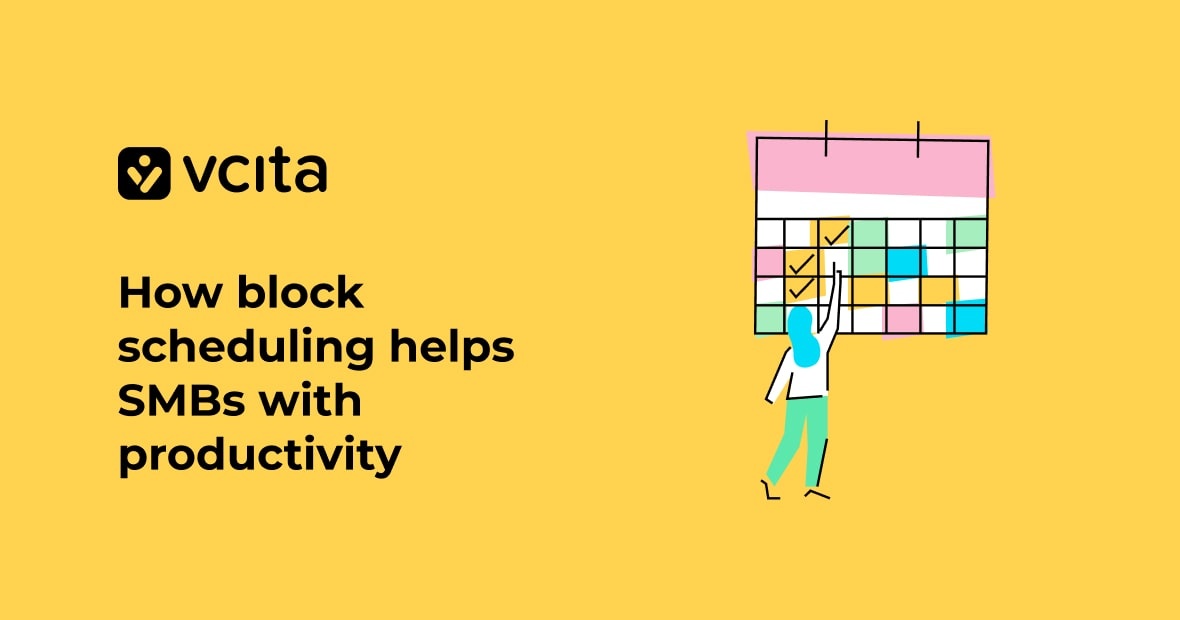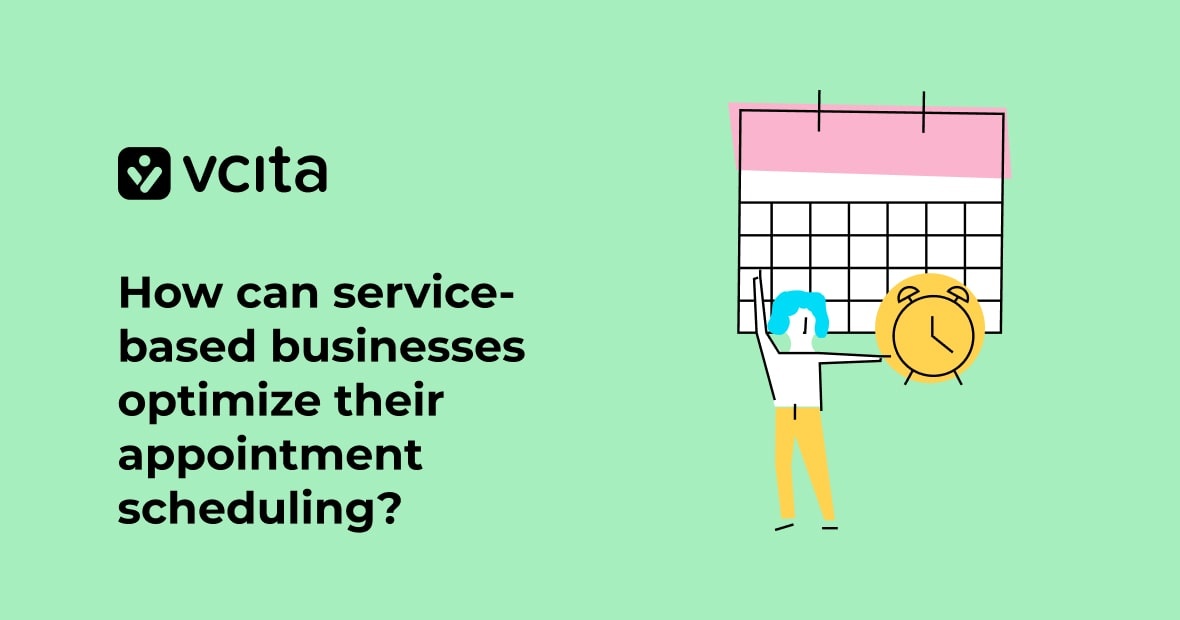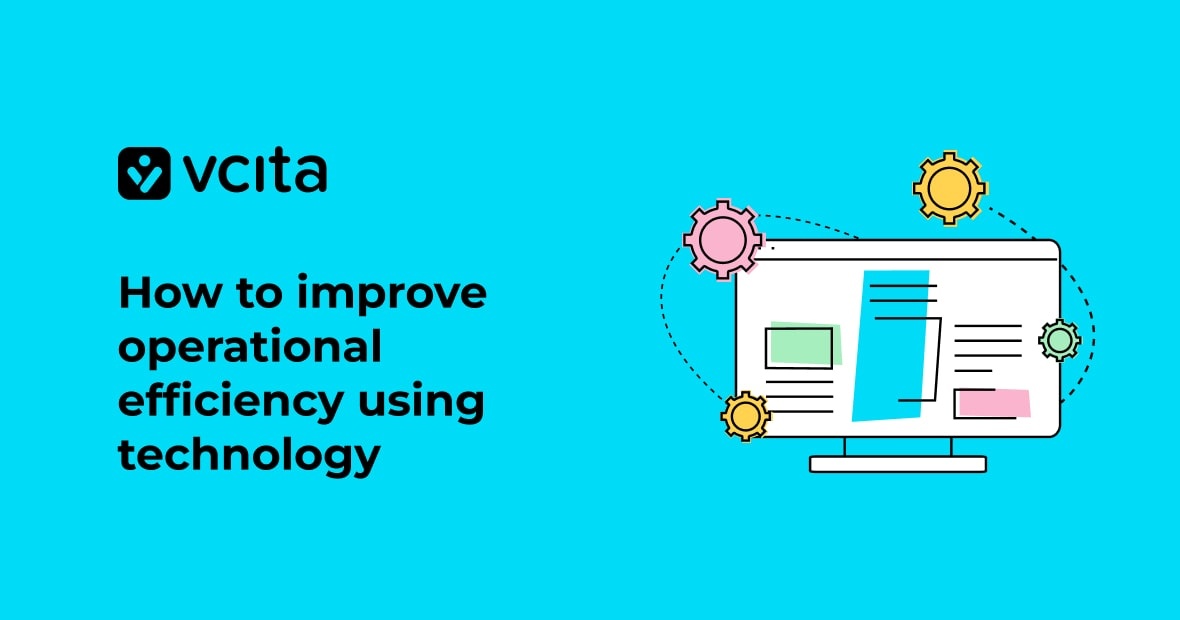Ever feel like you’re drowning in a sea of tasks, struggling to stay afloat? Don’t worry, we’ve all been there. But what if we told you there’s a secret weapon that could transform your productivity and help you conquer your to-do list?
Enter block scheduling – the game-changing technique that’s about to revolutionize the way you work. In this article, we’ll dive into the world of block scheduling and show you how it can supercharge your efficiency, reduce stress, and give you back control of your day.
What is block scheduling and why it matters for productivity
Block scheduling is a time management technique that divides your day into larger chunks or “blocks” of time, each dedicated to a specific type of work or project. Instead of tackling tasks as they come, this approach allows you to focus deeply on one task at a time, minimizing distractions and maximizing efficiency.
The power of focused work
When you implement block scheduling, you’re essentially creating a structure that supports intense concentration. By allocating uninterrupted time to important tasks, you tap into your brain’s ability to enter a state of flow – that magical zone where you’re fully immersed and working at peak productivity.
Boosting small business efficiency
For small business owners, block scheduling can be a game-changer. It helps you:
- Prioritize critical tasks
- Reduce decision fatigue
- Improve time estimation skills
- Balance diverse responsibilities
By dedicating specific blocks to different aspects of your business – like marketing, client work, or strategic planning – you ensure that nothing falls through the cracks. This systematic approach can lead to more consistent progress across all areas of your enterprise.
The benefits of block scheduling for small businesses
Block scheduling isn’t just a fancy time management technique – it’s a game-changer for small businesses. By dedicating specific chunks of time to focused tasks, you’ll unlock a world of productivity benefits that can transform your workday.
Boost your focus and flow
When you block out time for specific tasks, you create a distraction-free zone. No more constant context-switching or multitasking mayhem. This laser-like focus allows you to enter a state of flow, where your creativity and productivity soar. You’ll be amazed at how much you can accomplish when you’re fully immersed in a single task.
Tame the time-wasting beast
Let’s face it – time has a sneaky way of slipping through our fingers. Block scheduling puts you back in control. By assigning specific timeframes to tasks, you’ll become more aware of how long things actually take. This heightened time awareness helps you prioritize effectively and say goodbye to those productivity-killing time sinks.
Reduce stress and overwhelm
As a small business owner, your to-do list can feel never-ending. Block scheduling breaks that mountain of tasks into manageable molehills. When you know exactly what you’re focusing on and when, that constant “I should be doing something else” anxiety melts away. You’ll feel more in control and less frazzled, leading to improved work-life balance and overall job satisfaction.
How to implement block scheduling in your daily routine
Start with a time audit
Before diving into block scheduling, take a week to track how you’re currently spending your time. This eye-opening exercise will help you identify time-wasters and productivity peaks. Use a simple spreadsheet or a time-tracking app to log your activities in 15-minute increments.
Design your ideal schedule
Now that you know where your time goes, it’s time to create your ideal block schedule. Start by blocking out your most important tasks during your peak productivity hours. Don’t forget to include:
- Focused work time
- Client meetings and calls
- Administrative tasks
- Breaks and lunch
Remember, flexibility is key. Leave some buffer time between blocks for unexpected issues or opportunities.
Use tools to stay on track
Implement your new block schedule using digital tools that work for you. Try:
- Google Calendar for color-coded time blocks
- Todoist for task management within blocks
- Forest app to stay focused during work sprints
Experiment with different apps until you find the perfect combo that keeps you accountable and on-task.
Refine and adjust
Don’t expect perfection right away. Block scheduling is a skill that takes practice. Review your schedule weekly and make adjustments as needed. Be patient with yourself and celebrate small wins as you become more productive and less stressed.
Tips for making block scheduling work long-term
Start small and build gradually
Don’t dive in headfirst! Begin by blocking out just a few hours each day. As you get comfortable with the rhythm, gradually increase your blocked time. This approach helps you adapt without feeling overwhelmed.
Be flexible, but consistent
Life happens, and sometimes your carefully planned blocks will get disrupted. That’s okay! The key is to remain consistent overall. If you miss a block, don’t beat yourself up – just get back on track with your next scheduled session.
Regular reviews and tweaks
Set aside time each week to evaluate your block schedule. What’s working? What isn’t? Maybe you’re most productive in the mornings, or perhaps certain tasks always take longer than expected. Use these insights to fine-tune your blocks for maximum efficiency.
Use technology wisely
Leverage apps and tools to support your block scheduling efforts. Calendar apps with color-coding features can help you visualize your day, while time-tracking software can provide valuable data on how you’re actually spending your blocked time.
Communicate your schedule
Let your team, clients, and family know about your block scheduling system. This helps manage expectations and reduces interruptions during your focused work periods. Remember, it’s okay to say “no” to non-urgent requests that fall outside your designated blocks.
Common block scheduling mistakes to avoid
Block scheduling can be a game-changer for productivity, but it’s easy to fall into some common pitfalls. Let’s explore these mistakes, and share how to sidestep them for maximum efficiency.
Overloading your blocks
One of the biggest mistakes is trying to cram too much into each time block. It’s tempting to be ambitious, but this can lead to frustration and burnout. Instead, be realistic about what you can accomplish in a given timeframe. Remember, it’s better to complete a few tasks well than to half-finish many.
Neglecting flexibility
While structure is key, rigidity can be your downfall. Life happens, and unexpected tasks or emergencies can throw off your carefully planned schedule. Build in some buffer time between blocks to account for overruns or surprises. This flexibility will help you stay on track without feeling overwhelmed when things don’t go exactly as planned.
Forgetting to schedule breaks
In the pursuit of productivity, it’s easy to overlook the importance of downtime. But skipping breaks can actually decrease your overall efficiency. Make sure to schedule short breaks between blocks to recharge and refocus. Even a 5-10 minute breather can work wonders for your concentration and creativity.
Ignoring your natural rhythms
Not all hours of the day are created equal when it comes to productivity. Trying to tackle your most challenging tasks when you’re naturally less alert is a recipe for frustration. Pay attention to your energy levels throughout the day and schedule your most demanding work during your peak performance times.
Your small business could be crying out for block scheduling
So there you have it – the lowdown on block scheduling and why it’s a game-changer for small business productivity. By chunking your day into focused blocks, you’ll crush those to-do lists and feel way less frazzled. Remember, it might take some trial and error to find your perfect schedule, but stick with it. With practice, you’ll find the perfect balance between planning and adaptability, supercharging your productivity and driving your small business forward.




























